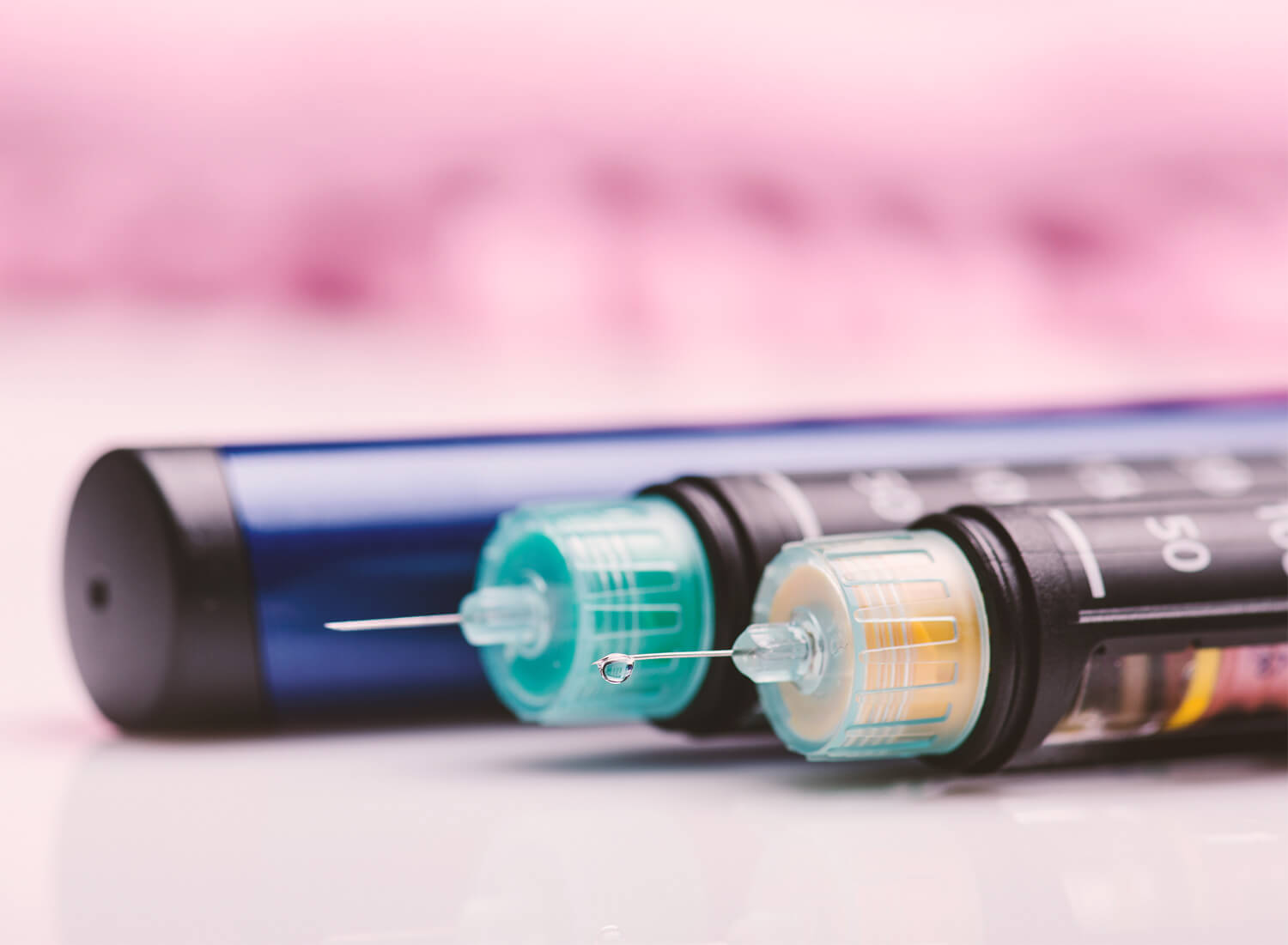In October last year, the FDA published draft guidance regarding the biocompatibility of certain devices that contact intact skin. Our Head of Operations, Bastian Perroset, has taken a closer look at the guidance to highlight the important learnings. Read on for Bastian’s five key take outs.
Many medical devices that contact intact skin contain materials made from polymers and fabrics. The FDA believes that some of these materials pose a very low biocompatibility risk, due to a long history of safe use. For frequently used intact skin contacting medical devices that contain these materials, the FDA has expended significant resource to obtain sufficient rationales to justify the omission of biocompatibility testing.
The most recent output of this effort is their recommended approach as outlined in their 2020 Biocompatibility Guidance and their subsequent draft guidance released in October 2020. Below are five key information areas relating to the draft guidance that I think merit a mention.
1. Materials list – what’s included and excluded?
The FDA has identified the specific device materials for which their guidance is applicable. The included device materials list is comprised mainly of polymers and fabrics. The entire list can be found in Section III.A.(2) of the draft guidance document, and below:
| Synthetic Polymers | Fabrics |
|---|---|
| Acrylonitrile butadiene styrene (ABS) | Polyurethane (PU) fabrics, including Lycra(R) |
| Cured epoxy adhesives | Polyamide (PA) fabrics, including Nylon |
| Fluoropolymers including polytetrafluoroethylene (PTFE), expanded polytetrafluoroethylene (ePTFE), polyvinylidene fluoride (PVDF), and fluorinated ethylene propylene (FEP) | Silk fabrics |
| High impact polystyrene (HIPS) | Cotton fabrics |
| Polyamides (PA), including Nylon | |
| Polybutylene terephthalate (PBT) | |
| Polycarbonate (PC) | |
| Polyetheretherketone (PEEK) | |
| Polyether imide (PEI) | |
| Polyethylenes, including low-density polyethylene (LDPE) and high-density polyethylene (HDPE) | |
| Polyethylene terephthalate (PET) | |
| Polymethylmethacrylate (PMMA) | |
| Polyoxymethylene (POM) | |
| Polyphenolsulfone (PPSU) | |
| Polypropylene (PP) | |
| Polyurethane (PU) | |
| Silicone |
There are also exclusion characteristics in the draft guidance including:
- Intact skin contacting components fabricated from materials that are not explicitly included in the list mentioned above, including novel materials and bulk metals (e.g. titanium, stainless steel, nitinol, gold)
- Components stored in or containing fluids or creams
- Components fabricated from in-situ polymerising materials, absorbable materials, or hydrogels
- Reprocessed single-use devices
- Medical device adhesives that attach directly onto the skin (e.g. electrode pads, on-body pump attachment systems)
Contacts breached or compromised surfaces, such as abraded or shaved skin, or open or healing wounds are also included in the exclusion considerations, due to the increased risk that leachables can be transferred through breached or compromised skin.
The FDA has invited the industry to submit comments and suggestions regarding the list of materials and exclusion characteristics. It is also their intention to periodically reassess the list of device materials and exclusion characteristics to ascertain whether any changes to the lists are warranted.
The industry has already spoken up regarding the exclusion characteristics. In particular, it has been suggested that materials like stainless steel (surgical grade) and titanium should not be excluded since:
- Stainless steel has a long history of safe contact with human skin given its use in household food wares
- Titanium is already exempt from biocompatibility testing for some bone replacement implantable devices
There are also calls for the guidance document to be extended to combination products (more on that shortly), and the materials below have been suggested as additions:
- Glass
- Borosilicate Glass
- Polystyrene
- Paper & Cardboard
2. Using Material Controls instead of Biocompatibility Testing
FDA’s new approach relies on certain parts of the manufacturer’s quality management system. Manufacturers are advised to establish and maintain processes that sufficiently control the material for medical devices in contact with intact skin. Elements of the controls include:
- Purchasing controls (21 CFR 820.50) over material suppliers
- Production and process controls for manufacturing (21 CFR 820.70); manufacturing materials that could adversely affect device biocompatibility should be removed or limited to an amount that does not pose a toxicity concern
- Receiving, in-process, and finished device acceptance (21 CFR 820.80) for component and manufacturing materials
The material data for these devices is to be documented in the Device Master Record, and the following information needs to be submitted into the premarket application (PMAs, HDE applications, IDE applications, 510(k)s, and De Novo requests), in lieu of biocompatibility testing:
- A list of all materials used to fabricate the device that will come into direct / indirect contact with intact skin
- A statement (e.g., an MDR analysis or literature search) confirming that the listed materials have a documented history of safe use in legally US-marketed medical devices in contact with intact skin; and
- A statement confirming that none of the exclusions (as mentioned above in Section 1) apply
In addition, for IDE applications, sponsors should discuss any adverse biological responses from devices within this intact skin guidance in their IDE progress reports.

3. Including Biocompatibility in your Post Market Controls
The draft guidance outlines that the area of biocompatibility should be addressed accordingly within the already-established Post Market Controls, in the following ways:
- Analysis of quality data (at least annually) like CAPAs (21 CFR 820.100) to detect quality problems; and
- Reviewing and evaluating complaints in a uniform and timely manner (21 CFR 820.198) such as those that may reveal issues of cytotoxicity, irritation, or sensitization. Indications of these kind of issues are provided in the draft guidance document.
4. No change in contact duration
In alignment with the ISO standard, the FDA’s guidance document includes all three categories of contact duration rather than limiting its approach to just a single category:
- Limited: less than or equal to 24 hours of cumulative contact
- Prolonged: more than 24 hours, up to 30 days of cumulative contact
- Long term: more than 30 days of cumulative contact
5. What about combination products?
The scope of the draft guidance document currently only covers medical devices. The combination product industry has asked to extend the guidance to cover device components of combination products (e.g. pens, autoinjectors, inhalers) that are intended for the same form of contact with human skin (given that they pose the same level of risk as other medical devices that are currently in scope).
Similarly, further pharmaceutical approval processes like Investigational New Drug (IND) applications, New Drug Applications (NDA), Biologics License Applications (BLA), need to be included as well. And furthermore, it has been suggested by the industry that the guidance document should be expanded to include contact materials of surfaces or components that may have another contact type (e.g. tissue contact for adhesives or indirect contact with blood for drug delivery fluid paths).
To sum up…
From a manufacturer perspective, the draft guidance points to benefits in terms of effort required compared with the old process, since the parts of the Quality System Regulation (QS Regulation 21 CFR 820) or other Post Market controls should be reflected in their QMS. The helpful boilerplates (including a precautionary statement for labelling), will further help manufacturers with their FDA approval submissions.
The industry generally seems to agree with the new approach, given that the FDA’s draft guidance document supports the least burdensome approach for evaluating the biocompatibility of medical devices that contact intact skin.
Whilst the existing ISO-10993-1 does already state that additional testing for biological safety evaluation is not required if existing data is adequate, it will be interesting to see whether the FDA’s approach leads to a change in this international standard, which in turn will affect the EU and ROW.
This leads to the question of the potential impact on the reduction of animal testing, given that the industry currently encourages a reliance on existing data rather than animal testing to assess sensitization, irritation and intracutaneous reactivity.
We are curious to see how receptive the FDA will be to the industry feedback regarding the expansion of the draft guidance, and to witness the potential international impact of this approach over the coming months – watch this space…
If you have a Biocompatibility related challenge, simply get in touch to find out how our knowledgeable consultants could help.

